Analysis
Distribution of the National Science Foundation’s Advancing Informal STEM Learning Awards (AISL) between 2006-21

ABSTRACT
“The COVID-19 pandemic tested many fundamental connections between science and society. A growing field working to strengthen those connections exists within the informal STEM learning (ISL) community which provides diverse learning and engagement environments outside the formal classroom. One of the largest funders of ISL initiatives is the National Science Foundation (NSF) which runs the Advanced Informal STEM Learning (AISL) program in the United States. The AISL program supports initiatives through six categories that include pilots and feasibility studies, research in service to practice, innovations in development, broad implementation, literature reviews, syntheses, or meta-analyses, and conferences. However, a number of questions remain unanswered with respect to the distribution and ultimately the broad impact of the awards. In this study, we analyzed publicly available awardee information across a 15-year period (2006-2021) to provide a preliminary analysis of how the AISL grants are distributed across individual states, organizations, and the principal investigators. Several states, organizations, and principal investigators stood out as prolific awardees. Massachusetts and California represented the largest share of awards at 14% and 13% respectively during that time. WGBH Educational Foundation located in Massachusetts and the Exploratorium located in California, received the largest number of awards during the 15 year period. Notably, 67% of the AISL awards list at least one co-principal investigator. Our report brings to light a number of new questions and charts new paths of exploration for future studies.”
Read the full article here: https://www.biorxiv.org/content/10.1101/2022.02.18.480415v1

Analysis
‘You say Science Festival, I say Science Festivaaal’: Sam Ridgeway explains

In this segment of Questions of the Day, Sam Ridgeway – a freelance science communicator – discusses his piece on SciComm Bites about a 2021 paper published in the Journal of Science Communication titled “Science Festival may not mean what we think it means: an analysis of how researchers and practitioners use this term.” He reflects on his experiences with science festivals, underscoring the paper’s analysis of the varied use of the term “science festival” across different contexts. The conversation covers a range of topics including the challenge of capturing the diversity of these festivals in research, and also explores the potential benefit of a database for organizing and comparing them.
References
“Science Festival” may not mean what we think it means: an analysis of how researchers and practitioners use this term – https://jcom.sissa.it/article/pubid/J… You say Science Festival, I say Science Festivaaal – https://www.scicommbites.org/post/you…
— Questions of the Day is a show hosted by Fanuel Muindi on the CivicSciTV Network developed by the Civic Science Media Lab.
Analysis
From the lab to the media: Scientist and journalist relations are strengthening, study finds.

Scientific researchers are starting to move out of the lab and into the media, as more researchers are recognizing the importance of public education and cooperation with the media.
Scientists are typically not given formal trained on communicating with those outside of academia. This often makes them hesitant to speak about their work outside of their inner circle, which only makes up less than 1% of the total global population. This sharing comes in the form of dense research publications for scientific journals. But in order to get their research to the other 99% of the population, scientists must join forces with journalists and other trained science communication experts.
While it may sound problematic, a recent study has reported that the willingness for scientist and journalist collaboration is stronger than ever. Moreover, scientists reported feeling as though they can converse and become involved in the media, creating more of a collaborative environment.
“It’s heartening to see that the two groups recognize that they are often aiming for the same goal,” said Dr. Laura Moorhead, a former journalist and current researcher at San Francisco State University.
-
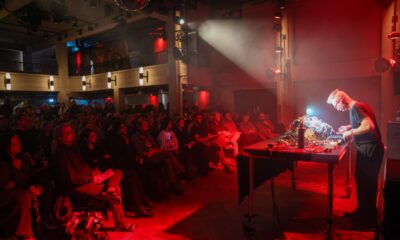
 CivicSciTV2 months ago
CivicSciTV2 months agoWhy public engagement is, and always has been and always will be, critical for science
-
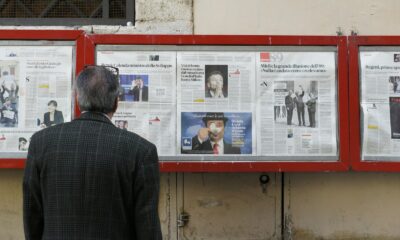
 Civic Science Times3 months ago
Civic Science Times3 months agoOpinion: The growing imperative for civic science journalism
-
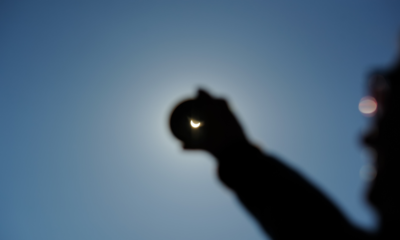
 CivicSciTV4 months ago
CivicSciTV4 months agoIn the path of totality, poems on citizen science, & civic science fellowships! CivicSciTV News 1/15
-

 Civic Science Times3 months ago
Civic Science Times3 months agoLiving Proof: An example of when civic science enters the beauty world
-

 CivicSciTV5 months ago
CivicSciTV5 months agoColleen Kelley’s mission is to build molecular literacy through imaginative chemistry comic books
-
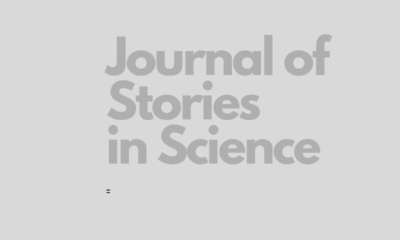
 People3 years ago
People3 years agoMy Career Path Following Water from the Mountain to the Sea and Across an Ocean
-

 Science Policy5 months ago
Science Policy5 months agoEmily Edwards: Public should have a front-row seat to the development of quantum science.
-
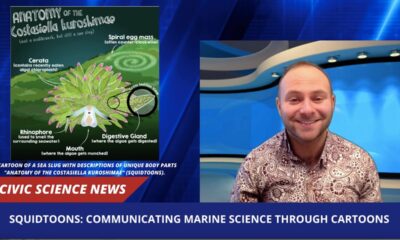
 CivicSciTV2 months ago
CivicSciTV2 months agoMaking science engagement fun, humor, science cartoons & SciTalk 2024! CivicSciTV News (Mar. 4)





